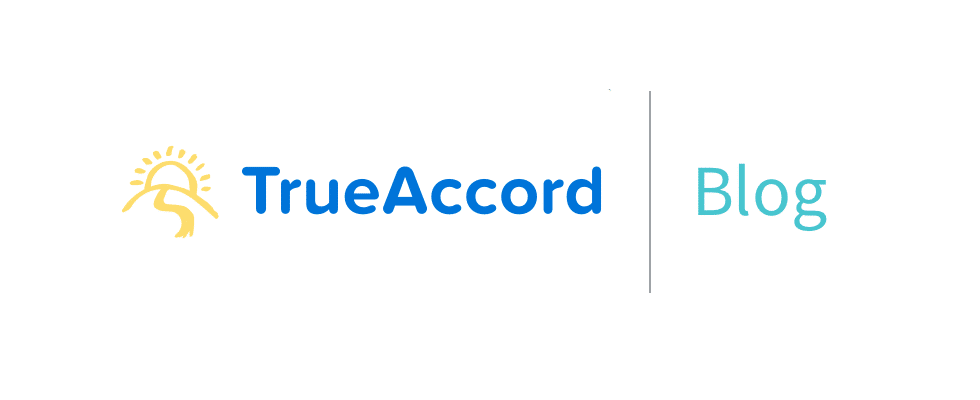
Compliance regulations in the debt collection industry are built to protect consumers in debt from potentially predatory practices and ensure an equitable collections experience. For debt collection agencies, this often requires building out entire departments dedicated to keeping the agency in line with ever-changing debt collection laws and regulations. These teams are committed to reducing risk wherever possible.
One risk that is built into traditional debt collection practices is the potential for human error in a contact center environment. Digital debt collection platforms, however, offer code-driven compliance solutions that range from supporting existing agents to operating largely without the need for agent intervention.
Digital compliance solutions
Agent support
Operations managers throughout the collections industry cite high turnover rates in contact centers as a major challenge. While the exact number changes drastically depending on who you ask, contact centers may see annual agent turnover rates as high as 100%, but properly training contact center agents takes time (at TrueAccord our training process spans a full six weeks). High turnover in a space that requires thorough training means that newer agents may make mistakes when navigating important and complex regulations.
Some of this concern can be alleviated through the introduction of a curated content management system that provides prompts. These systems can be built with pre-written responses that adhere to compliance guidelines that improve agent compliance performance. While this may help to reduce the risk, the consumer experience is less than ideal.
Code-driven digital-first debt collection
Digital-first debt collection agencies and other debt collection software tools provide systems that allow for close control over what actions are taken and what messages are sent to consumers. These messages are carefully crafted by a dedicated content team, reviewed by a team of legal and compliance experts, and are easily accessible for auditing purposes. They are also then managed by the digital system once they are implemented.
Most importantly, these messages are then integrated into a digital, consumer-driven payment experience. More advanced systems use artificial intelligence and machine learning to customize a unique customer experience that is optimized for engagement and liquidation.
Compliant content creation
Pre-approved consumer-facing content
Building a digital debt collection system starts with creating compliant and adaptable content. Every email, text message, and landing page in a digital ecosystem is created by a team of dedicated content writers who draft and experiment with different approaches to encourage customer engagement. The guidelines used to draft these messages are shaped by collections laws, policies, and regulations.
Are you interested in learning more about the content creation process? Here’s an interview with one of our content managers all about engaging with empathy.
Teams can also draft content that meets the needs of individual clients with specific brand considerations. Once the content is drafted, it is processed and reviewed by a team of compliance experts prior to being added to a content repository that the digital system can draw from.
Scalable compliance review process
The next step is to have a team of legal and compliance experts from within the debt collection agency review the content to ensure its adherence to the same regulations. Based on the client’s preferred level of involvement and resources, such a review process may also include a compliance team within the client’s organization. This process lays the foundation for compliant communication down the line.
Easily audited communication history
The content auditing process comes further down the line, but it is important to build that foundation early for the same reason stated above. Traditional call-and-collect debt collection agencies may record voice calls and even provide automated transcriptions of these calls. Unfortunately, these processes are not perfect because auditing activities can only review sample cases. Digital systems are able to accommodate a full audit-specific interface.
At TrueAccord, 96% of consumers resolve their accounts without communicating with an agent, so the vast majority of communications that exist are entirely automated and recorded. Compliance staff can easily search for individual accounts to review and evaluate all collections activity across multiple channels. Digital systems overall offer improved data retention and tracking to provide a clear picture of performance.
Because the system saves this data, it’s easy to investigate how it responded to a particular message, as well as why it made a specific decision. When these communications are controlled by code, decisions are easy to trace and replicate.
How do these steps lay the foundation for a scalable digital compliance system?
Once content is in place, and there is an established process for reviewing it, digital debt collection platforms can connect to consumers. At TrueAccord, our machine learning engine, Heartbeat, is able to draw from our content library and improve communications with a consumer over time. Digital systems reach out to consumers when and how they prefer and these communication decisions are driven by data, not by individual agent decisions or potential biases.
Digital systems reach out to consumers when and how they prefer and these communication decisions are driven by data, not by individual agent decisions or potential biases.
Digital debt collection systems rooted in machine learning are dynamic. The content they choose to use for an individual consumer is determined not only by historical data but how a consumer responded (or did not respond) to previous communications. Every single message in the system is vetted to meet compliance standards, and the review process is always ongoing to maintain those same standards.
At any point in the customer lifecycle, a consumer can opt-out of communications by replying to a text message or by clicking a link in an email that lets them easily unsubscribe from future communications using that channel. Each email and payment page also provides a link for consumers to request debt verification via a few simple online steps.
Coded compliance continues to scale
As the system scales and communicates with more consumers in this way, it’s able to continually enforce compliance without needing to be retrained because it is built to be compliant from the ground up. Built-in compliance checkers can prevent the use of contact methods that the consumer has unsubscribed from or ensure they do not receive a payment offer that the creditor has not approved.
Any compliance updates—such as new rules from the Consumer Financial Protection Bureau’s proposed rules—can be implemented securely and quickly at a company-wide scale rather than retraining on an agent by agent basis.
An improved, more secure consumer experience
Collections regulations and laws are largely driven by a need to protect consumers from bad actors in the industry. Digital debt collection empowers consumers to manage their accounts at their own pace and communicate using their preferred communication channels.
By evaluating content before it is ever sent and programming a platform that delivers unambiguous content you can reduce confusion and improve the user experience. Clear, compliant messaging enables consumers to resolve their accounts through self-service without added support. This leads to a dramatic reduction in consumer complaints, and in TrueAccord’s case, many positive online reviews.
A code-driven future for debt collection
Code-driven compliance offers predictable, pre-approved, and consistent collections methods. Coupling digital platforms with machine learning creates a system that improves over time and optimizes for a better user experience, guided by consumer preferences and shaped by compliance guidelines. This minimizes the need for agents to manage an account from start to finish and instead allows them to focus on more complex customer cases.
New technology is often seen as a risky investment, but digital debt collection systems offer more compliance security and more transparency—for consumers and creditors—than traditional debt collection agencies. Digital debt collection solutions not only evolve to meet consumer needs, but they can also continually adapt to changing regulations and quickly meet compliance requirements.
Do you want to see the power of a code-driven compliance platform in action? Reach out to our team today to see what this looks like at TrueAccord.







